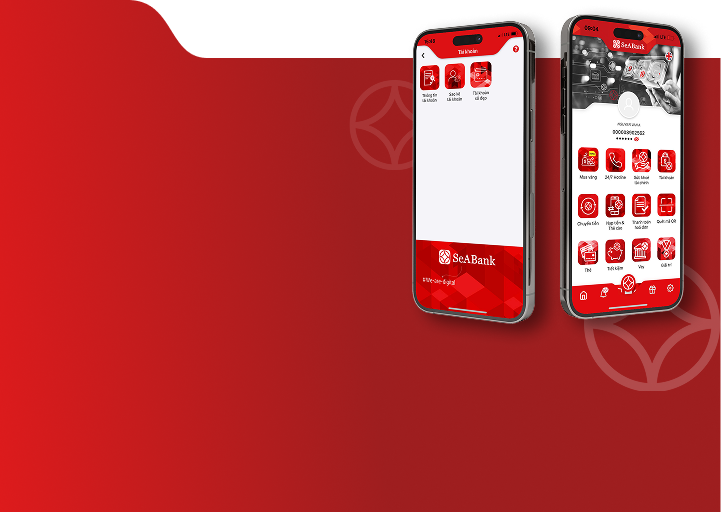News
What is a 45-day interest-free credit card? Important information to know to avoid incurring credit card interest
17/10/2025
Learn what a 45-day interest-free credit card is, how to calculate it, and the conditions to avoid interest, helping you spend wisely and save as much as possible.
Credit cards today are not only simple payment tools but also offer many attractive utilities such as installment payments, reward points accumulation, cashback, or special discount offers. Among these, the “45-day interest-free” feature is highly valued, helping cardholders spend flexibly without worrying about accruing interest, provided they pay on time. However, not everyone fully understands “what the 45-day interest-free credit card period is,” how interest is calculated, or the necessary conditions to enjoy this privilege. The article below will provide detailed answers to these questions, helping you use your credit card smartly and maximize benefits.
Quick Summary of the 45-Day Interest-Free Credit Card Period
- 45-day interest-free is the time you are allowed to spend using a credit card without paying interest if you pay the entire outstanding balance on time.
- The maximum interest-free period is 45 days, but the closer the transaction is to the end of the statement cycle, the shorter this period becomes.
- The privilege does not apply to cash withdrawals. If you pay only the minimum, interest will be calculated from the transaction date.
- Benefits include flexible spending management, saving on loan interest, and improving your credit score.
- Advice: Always plan your spending and pay fully and on time to maximize the interest-free privilege.
1. How to calculate the 45-day interest-free period
Statement cycle
Each credit card has a statement cycle determined by the bank, usually lasting about 30 days. This cycle begins from the monthly statement closing date and ends after 30 days. All transactions made using the card during this time are summarized in the statement at the end of the cycle.
Grace period
After the statement cycle ends, the bank grants an additional period, called the grace period, usually 15 days, for the customer to pay the entire outstanding balance without incurring interest. The total interest-free period is thus the sum: 30 days statement cycle + 15 days grace period. This period allows for spending first and paying later without interest if payment is made on time.

Interest-free calculation principle based on transaction date
- Transactions near the beginning of the statement cycle: The interest-free period will be the longest, close to the maximum 45 days.
- Transactions near the end of the statement cycle: The interest-free period will be shorter, sometimes only a few days counting from the end of the cycle.
Example:
Let's say your statement cycle is May 21 to June 20, with a payment due date of July 5.
- Purchase on 05/21: Interest-free period will be 45 days, including the entire cycle and grace period.
- Purchase on June 1: There are approximately 34 days left in the interest-free period, as you missed the first part of the cycle.
- Purchased on June 20: Interest-free period is only 15 days, equal to the grace period at the end of the cycle.
Important Note:
- Interest-free payment only applies if you pay the minimum balance or the entire balance in full by the payment due date.
- If payment is late or only partial, the bank will charge interest from the transaction date at the credit card interest rate.
- The interest-free period does not accumulate to subsequent cycles; each statement cycle will be calculated from the beginning.
2. Conditions for 45 days interest-free period
Before taking advantage of the 45-day interest-free credit card offer, you need to clearly understand the mandatory conditions to avoid interest and fees, thereby spending wisely and optimizing benefits.
Pay off all outstanding balances on time: To enjoy the 45-day interest-free offer, you need to pay 100% of the statement amount before or on the due date. If you only pay a portion or the minimum, the remaining balance will be charged interest from the date the transaction occurred, causing costs to increase rapidly and reducing the real benefits of the card.
No late payment: Even one day late can cause the entire balance of that statement period to be charged interest according to the bank's regulations. At the same time, you may be subject to late payment fees and negatively affect your personal credit history, limiting your ability to borrow money or open additional cards in the future.
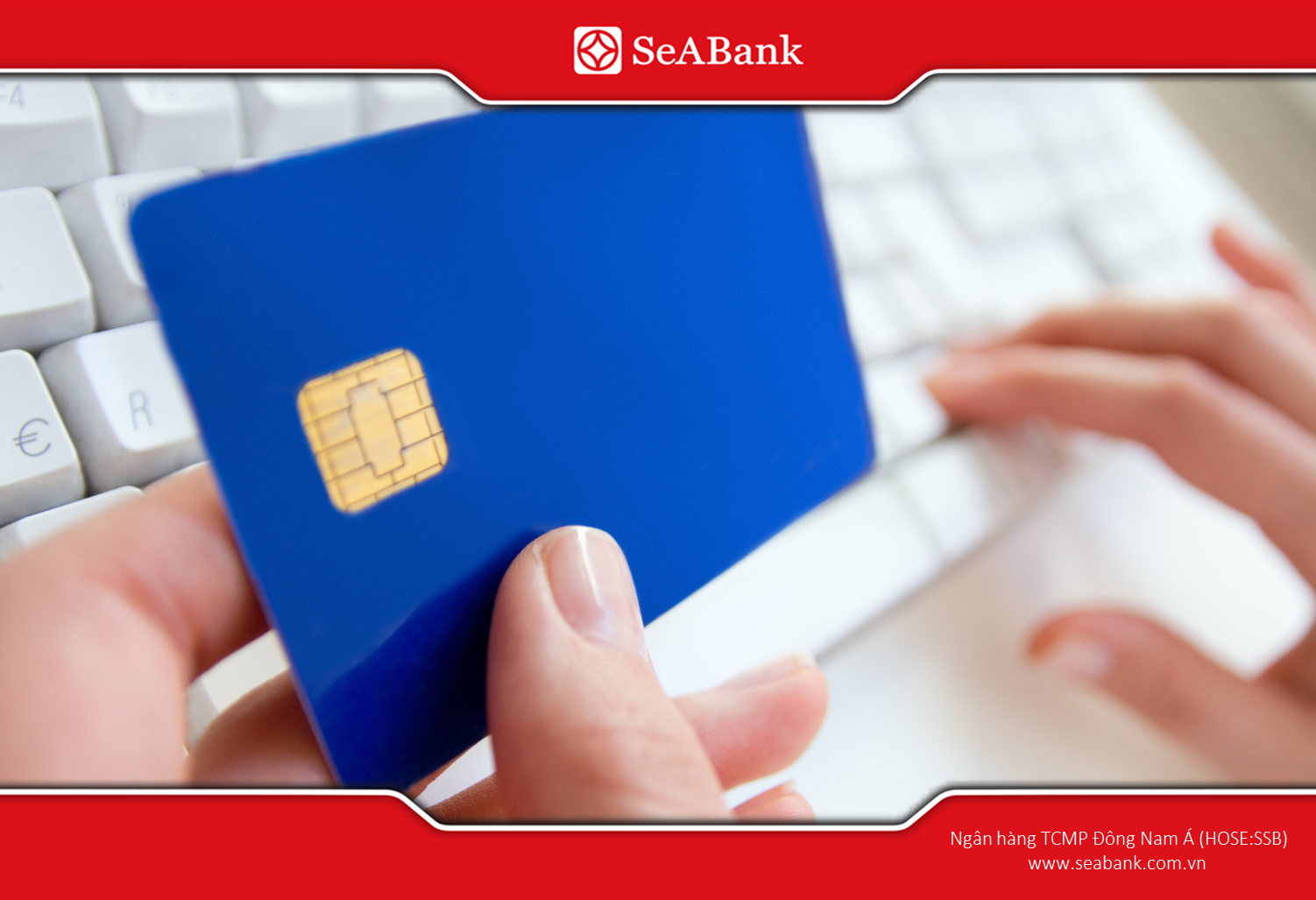
Not Applicable to Cash Withdrawal or Cash Advance Transactions: The interest-free privilege is only for spending on goods and services. Cash withdrawals at ATMs or cash advances will be charged a withdrawal fee and interest immediately from the date of the transaction, and they are not included in the 15-day grace period.
Comply with each bank's policy: Each bank has its own regulations regarding the statement cycle, closing date, grace period, and application conditions. Some standard cards may only offer up to 45 days interest-free, while premium cards may extend up to 50–55 days.
Paying on time not only helps you avoid interest but also improves your personal credit rating. Understanding the above conditions will help you use your smart card wisely, optimize benefits and limit interest rate risks.
3. Principles for paying off credit card debt within 45 days
To maximize the benefits of the 45-day interest-free period, you not only need to understand the grace period, but also the repayment principles and payment scenarios to avoid interest charges or loss of benefits.
When to pay without interest: To enjoy the 45-day interest-free period, you need to pay the entire balance on your statement before or on the due date. Only when you pay in full will you be exempted from interest on transactions in that statement period and still enjoy the maximum interest-free period for the next statement period. If you only pay a portion or the minimum, the remaining balance will be charged interest from the date the transaction occurred, increasing the cost and reducing the benefits of the card.
How to pay off debt wisely to avoid interest: To avoid interest charges, you should pay the entire balance on time or pay it off early if possible. This is the smartest and most economical way to use the card, avoiding high interest rates and maintaining a good credit history. Paying off debt early also helps you control your cash flow and reduces the risk of forgetting to pay on time.
Minimum payment: Banks usually require you to pay a minimum of about 5-10% of the total outstanding balance, depending on the bank. However, if you only pay the minimum, the remaining balance will start to be charged interest from the date of the transaction, and you may lose the interest-free benefit for the next statement period, easily falling into a debt spiral if you maintain this habit.
Late Fee: If you pay your debt late, in addition to interest, the bank will apply a late payment fee, usually ranging from 1-5% of the outstanding balance, depending on the bank. This not only increases costs but also negatively affects your personal credit history, limiting your ability to borrow money or open more cards in the future.
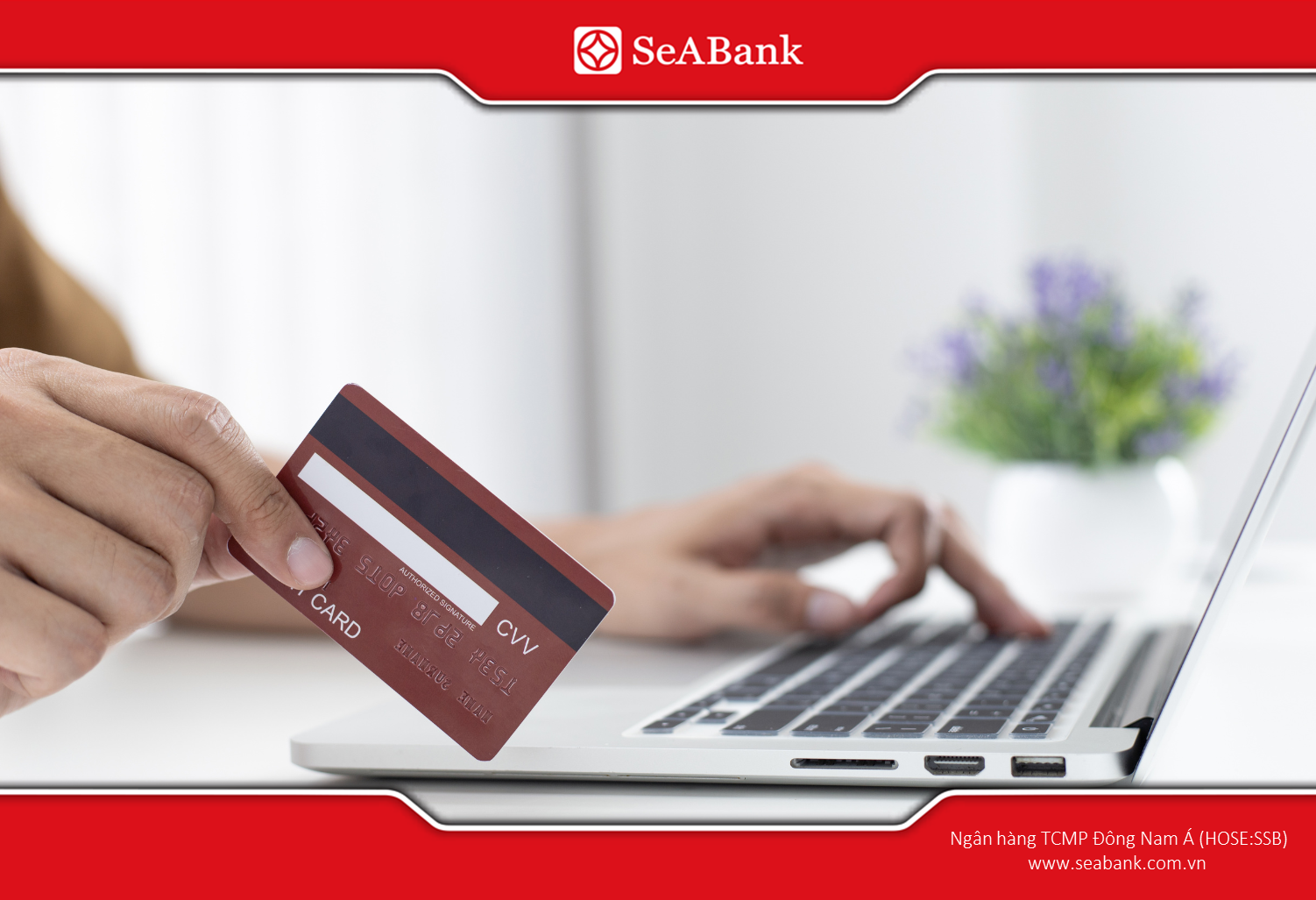
Real-life examples
- Case 1 – Pay the full 10 million on time: You are not charged interest, and still enjoy the interest-free offer of up to 45 days for the next statement period. This is the most ideal and economical way to use.
- Case 2 – Pay only 1 million minimum: The remaining balance of 9 million will be charged interest from the transaction date, with a high interest rate depending on the bank. At the same time, you will lose the right to interest-free for the next period, easily falling into a debt spiral.
- Case 3 – Late payment: The entire outstanding balance of 10 million will be charged interest from the date of issuance, plus late payment fees depending on the bank. This is the worst case scenario, both costly and negatively affecting credit history.
Note: Always check your monthly statement for the balance due and due date. You should also use tools such as payment reminders or automatic debits from your account to avoid missed payments, ensure full interest-free benefits and maintain good credit.
4. Benefits of 45 days interest-free
The 45-day interest-free experience not only helps you spend flexibly but also brings many financial benefits and accompanying utilities, if you know how to use the smart card.
Save financial costs
Interest-free period of up to 45 days allows you to use capital from the bank without paying additional interest costs. If you know how to take advantage of it, this is almost a free short-term loan, helping you spend, shop or pay for daily services without worrying about interest. This is the most obvious benefit when using a credit card properly.
Flexible cash flow management
With nearly 1.5 months of no interest payments, users have more time to rotate capital and arrange spending. This is especially beneficial for small businesses that need capital to import goods, or families that want to balance monthly expenses without having to borrow from other sources. The interest-free period gives you more flexibility in managing your personal finances.
Take advantage of bank offers
In addition to interest-free loans, most banks also combine many accompanying incentive programs, such as:
- Cashback: 1%–5% depending on the bank.
- Accumulate points to redeem gifts: reward points can be used to redeem shopping vouchers, airline tickets or gifts.
- Direct discounts: when shopping online, booking flights, hotels or other services.
Thanks to that, each credit card transaction is not only interest-free but also helps you save more money or receive valuable gifts.
Build good credit
Paying your bills on time and in full will not only help you maintain your interest-free benefits, but it will also improve your credit history. A good credit record will help you get approved for loans or installment purchases, increase your credit limit in the future, and increase your credibility with the bank and expand your financial opportunities.
5. Common misconceptions about 45 days interest-free
Many people still misunderstand the 45-day interest-free offer, leading to suboptimal use of credit cards or unwanted interest. Here are some common misconceptions and the facts you need to know:
• Misconception 1:
All transactions receive 45 days interest-free. Reality: 45 days is the maximum period. Only transactions made at the very start of the statement cycle can reach 45 days; subsequent transactions will have shorter interest-free periods, which decrease toward the end of the cycle (possibly only 15–20 days).
• Misconception 2:
All cards have the same policies. Reality: Regulations vary by bank and card tier (standard, gold, platinum). Some cards only offer 30–40 days, while premium cards might offer up to 50–55 days.
• Misconception 3: Paying the minimum still qualifies for interest-free status.
Reality: This is a serious error. When only the minimum payment is made (e.g., 5% of the balance), the remaining balance is charged interest from the transaction date. Full payment is mandatory to enjoy the interest-free privilege.
• Misconception 4: Interest-free applies to cash withdrawals.
Reality: This privilege is strictly for purchases of goods or services. Using the card for cash withdrawals at an ATM incurs a withdrawal fee (around 3–4%) and interest is charged immediately, with no grace period.
Understanding the regulations and avoiding these common misunderstandings will help you use your credit card wisely, maximize the 45-day interest-free benefit, manage your spending effectively, and avoid unnecessary costs.
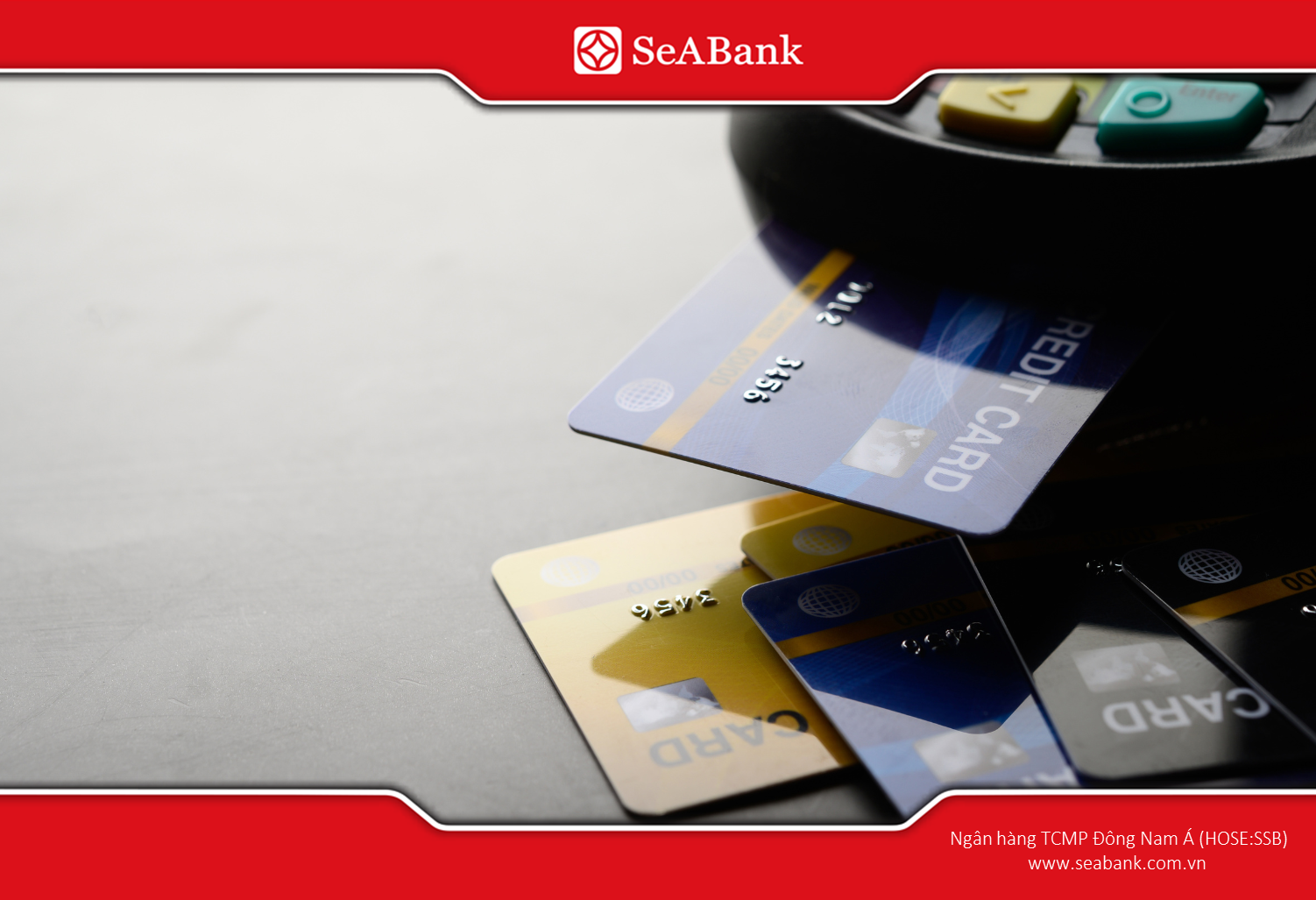
6. How to make the most of the 45-day interest-free offer
To make the most of your 45-day interest-free period, you need to plan your spending and payments wisely. Here are some strategies to help you maximize the benefits of this offer:
Spending at the beginning of the statement period
If you plan to make a purchase right after your statement closing date, the transaction will be eligible for up to 45 days interest-free. This is a smart way to maximize the bank's "interest-free loan" period and reduce the pressure of paying at the end of the period.
Limit large spending at the end of the period
Spending close to the statement closing date only has a short interest-free period, usually about 15 days (depending on the bank). This can easily create financial pressure because you have to pay early. Therefore, you should avoid making large purchases near the end of the period to maintain flexible cash flow.
Pay off the entire outstanding balance
Only when you pay 100% of the outstanding balance will you continue to enjoy the interest-free offer for the next statement period. If you only pay the minimum amount, the remaining balance will be charged a high interest rate (depending on the bank), usually ranging from 20-40%/year. Paying in full not only helps to waive interest but also maintains a good credit reputation.
Set reminders or automatic payments
To avoid missing a payment deadline, you can set up reminders on your phone or sign up for automatic debits from your checking account. This will help you stay on time, maintain your interest-free benefits, and avoid late fees.
Track your statements regularly
Checking your monthly statement not only helps you understand your balance and payment deadline, but also detects unusual transactions early (if any) and makes good use of accompanying incentives such as cashback or points for gifts. Regular monitoring helps you manage your spending wisely and optimize the benefits of your credit card.

The 45-day interest-free policy is one of the most attractive financial privileges of credit card usage, allowing you to spend first and pay later without incurring interest, provided you manage your account appropriately. To fully utilize this benefit, you must clearly understand the calculation method, application conditions, and avoid common mistakes. Paying on time and settling the entire debt not only ensures interest exemption but also enhances your credit score and future financial opportunities. It is advisable to view the credit card as a smart spending management tool, rather than a "source of free money". Proper planning, correct utilization of benefits, and full repayment are essential to avoid the spiral of high interest rates.
Contact SeABank via the Hotline or visit the website www.SeABank.com.vn to apply for a credit card and enjoy all the offers, from the 45-day interest-free period to attractive cashback, reward points, and promotions.
Related News
How much is 14K gold? Update the latest 14K gold price 2025 28/11/2025
What is 7749? Decoding the meaning from folk concept to Gen Z language 28/11/2025
How much is 10K gold? Update the latest 10K gold price 2025 28/11/2025
How much is 1 million Chinese Yuan in Vietnamese Dong? Update the latest CNY exchange rate 28/11/2025
What is 750 White Gold? All About Price and Features 28/11/2025
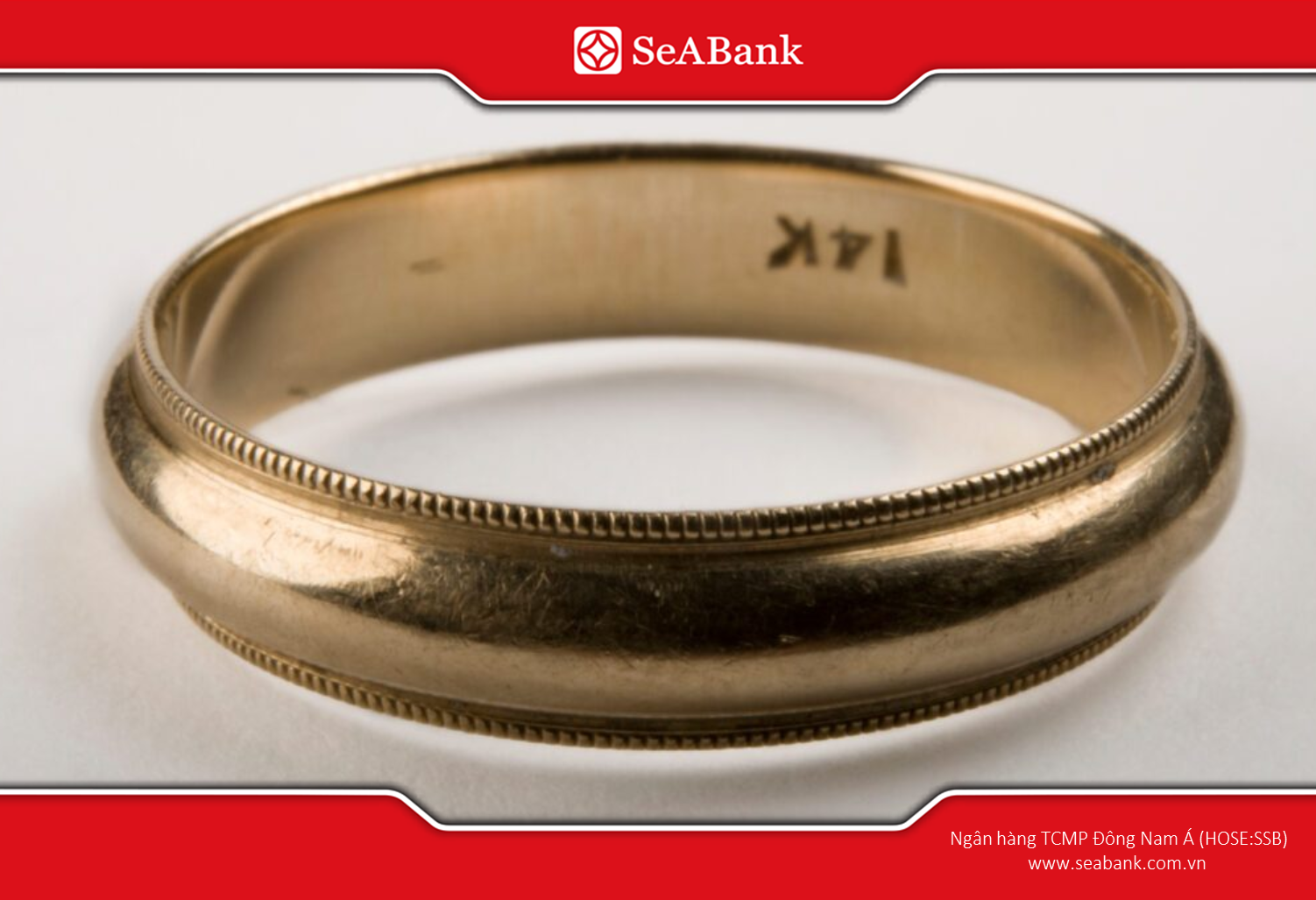
How much is 14K gold? Update the latest 14K gold price 2025
How much is 14K gold today? Update the latest 14K gold buying and selling prices in 2025 and instructions for converting 1 tael of 14K gold.
28/11/2025
Read more
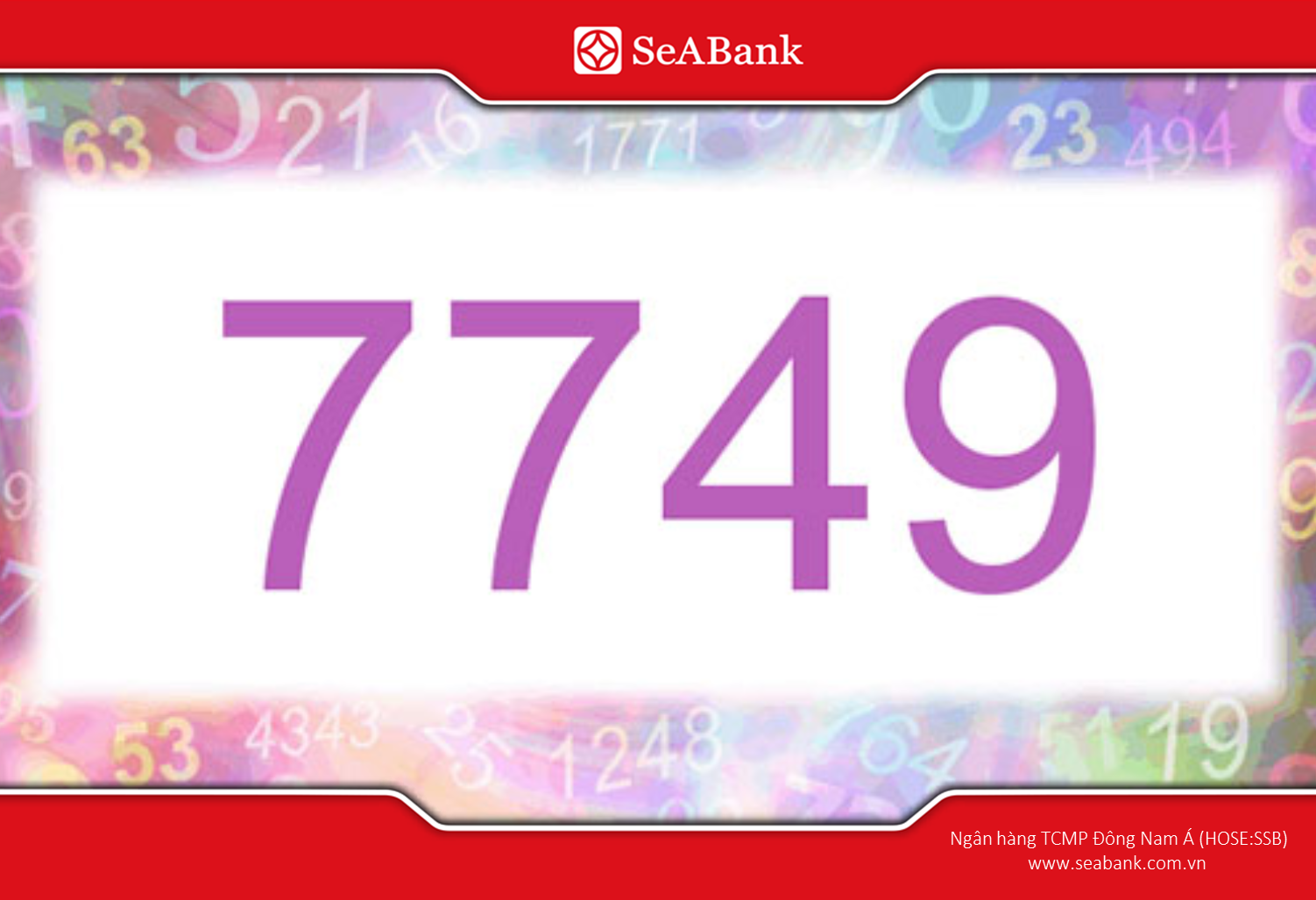
What is 7749? Decoding the meaning from folk concept to Gen Z language
Discover the meaning of number 7749 from folk beliefs to Gen Z language and how to choose a beautiful, feng shui-compliant account number at SeABank.
28/11/2025
Read more
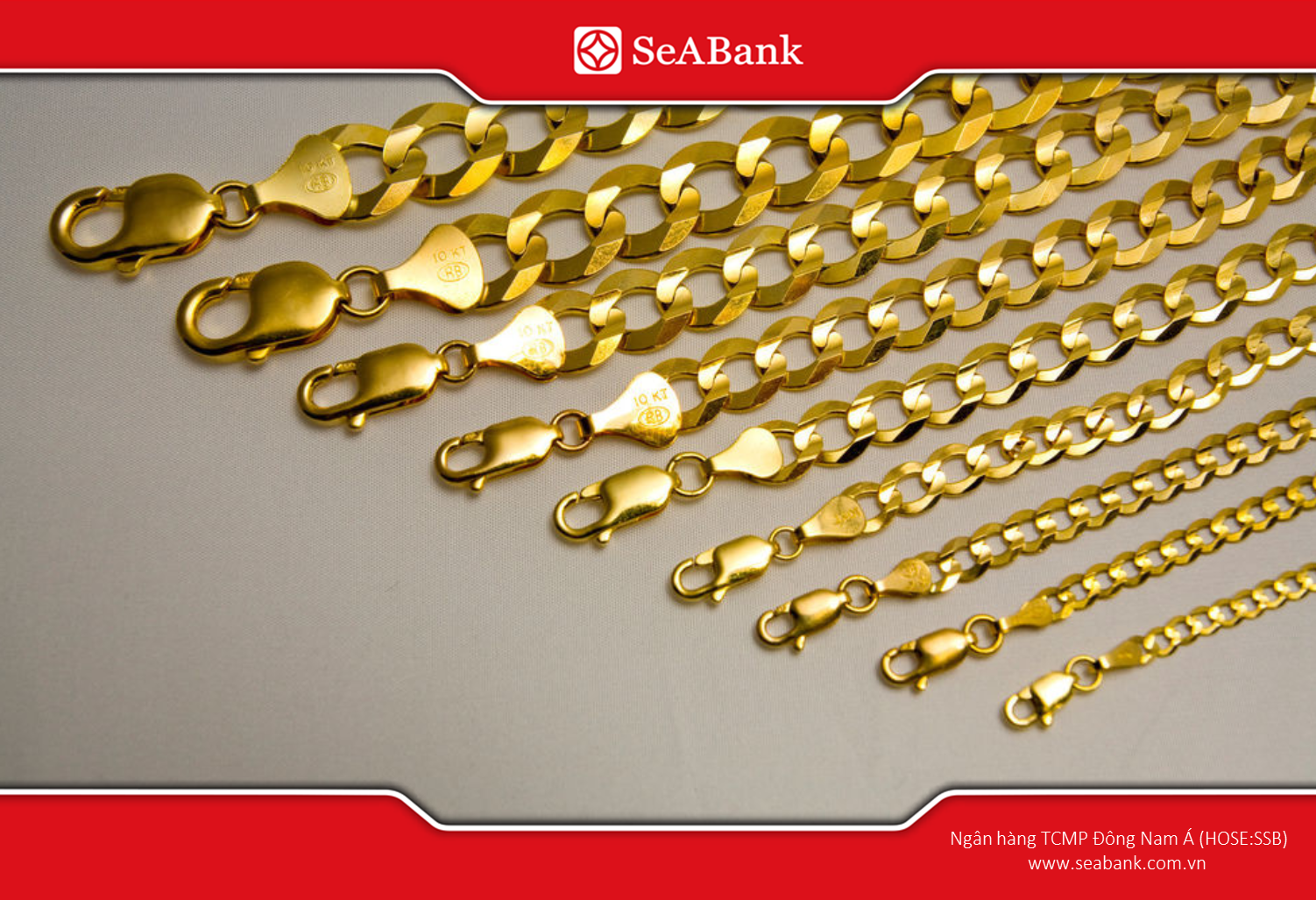
How much is 10K gold? Update the latest 10K gold price 2025
How much does 10K gold cost? Learn more about 10K gold - the most durable and cheapest gold, suitable for everyday jewelry.
28/11/2025
Read more





